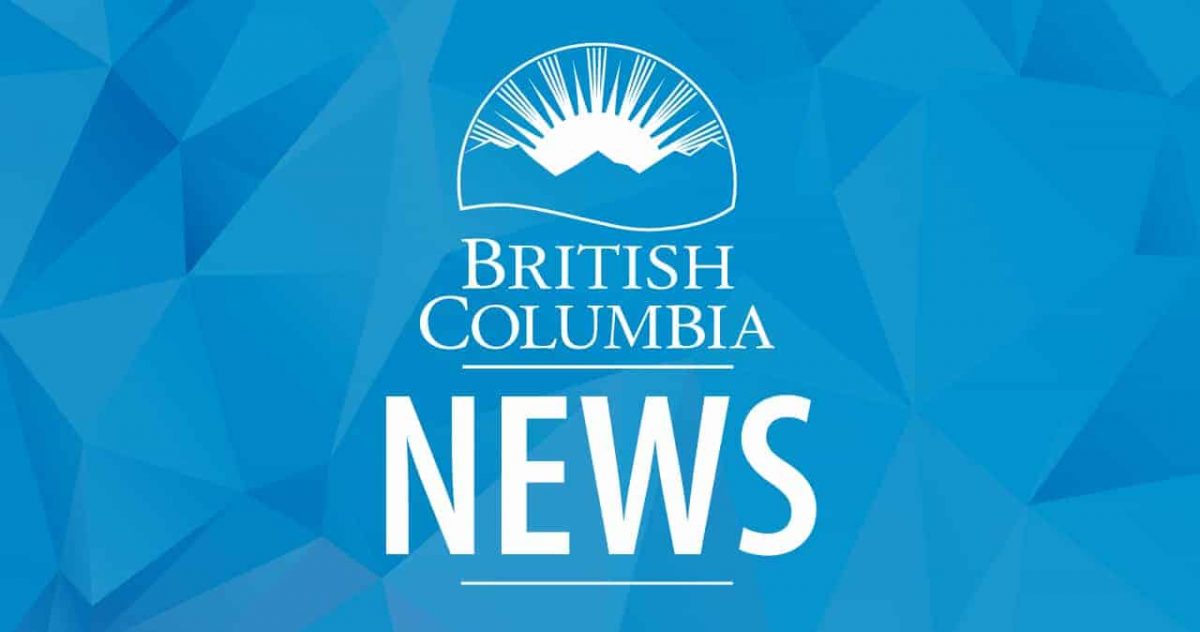
Taku River Tlingit First Nation, B.C., Teck advance Tulsequah remediation
The Province of British Columbia, Teck Resources Limited (Teck) and the Taku River Tlingit First Nation (TRTFN) are taking a collaborative approach to jointly advance remediation of the former Tulsequah Chief Mine site.
“The Taku River Tlingit First Nation is committed to ensuring the Tulsequah Chief Mine is remediated and restored to natural conditions, according to Tlingit values and cultural principles of environmental stewardship,” said Charmaine Thom, spokesperson for Taku River Tlingit First Nation. “Tlingit culture teaches us to care for the land, to allow for traditional ways of life to continue in perpetuity, and to subsequently protect the natural environment, for future generations, and for all living beings who call our land their home. The co-operative partnership between the Government of British Columbia, Teck, and TRTFN reinforces the collective commitment to clean abandoned mines to an acceptable condition that meets the standard of both governments, this is an important step toward reconciliation.”
Under this approach, Teck will voluntarily undertake and fund site investigation work in 2024-25. Teck will also lead implementation of the final closure plan. The 2024-25 work will include establishing safe site access, assessing underground mine conditions, monitoring water quality and flow, and evaluating waste rock disposal sites. This work will inform the final Tulsequah Reclamation and Closure Plan, which is being co-developed by Teck and the TRTFN, guided by the TRTFN’s vision for their future use of the restored site.
“We look forward to continue working co-operatively with the Province and Taku River Tlingit First Nation to advance remediation of the Tulsequah Chief Mine site,” said Scott Maloney, vice-president environment, Teck, “While Teck has not been the owner of Tulsequah for some time, we recognize the importance of all parties working together to progress remediation of this historic site, in support of reconciliation and sustainability, and as a reflection of the best practices of today’s modern, responsible mining sector in B.C.”
British Columbia has high reclamation standards, encouraging all mining companies to act responsibly and to meet their reclamation obligations. The Province will work with Teck and the TRTFN to enable the efficient implementation of this approach under B.C.’s regulatory framework. This work will help to protect the Tulsequah River, enable the land to be restored as quickly as possible for the TRTFN’s beneficial use and ensure TRTFN rights and laws are incorporated into reclamation planning at Tulsequah.
“We are committed to ensuring the Tulsequah Chief Mine site is cleaned up in accordance with the Province’s high environmental standards,” said Josie Osborne, Minister of Energy, Mines and Low Carbon Innovation. “I am grateful for the clear vision and purpose of the Taku River Tlingit First Nation in restoring this site, and I commend Teck for embarking on the necessary collaborative work with TRTFN and the Province. I look forward to seeing this significant endeavour progress.”
This collective approach is underpinned by the Province’s strong environmental assessment, permitting, reclamation and compliance and enforcement requirements that seek to ensure that all mining projects are planned, operated and closed safely in an environmentally sound way.
Quick Fact:
- Tulsequah Chief Mine site, located within TRTFN territory approximately 100 kilometres southwest of Atlin, is a historic underground copper, lead and zinc mine, which was operated from 1951-57 by a predecessor company to Teck and is currently owned by Chieftain Metals Inc.
Learn More:
To learn more about the Tulsequah Chief Mine, visit: https://www2.gov.bc.ca/gov/content/environment/air-land-water/site-permitting-compliance/tulsequah-mine
